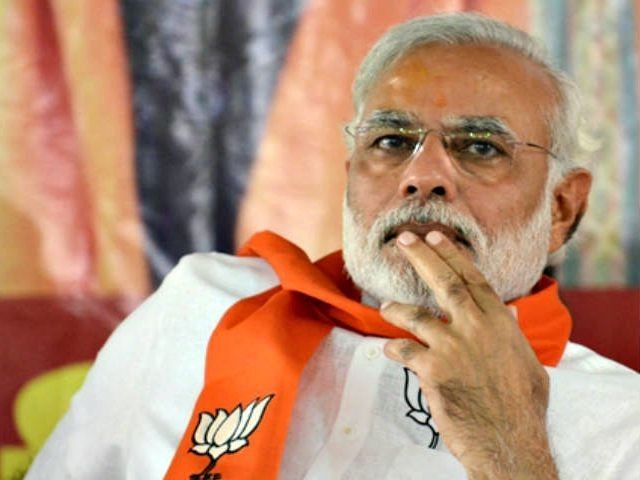With the two hottest stock markets since the March 9, 2009 bottom being India and the United States, it should not be surprising that India’s Prime Minister Narendra Modi is headed to California’s Silicon Valley to celebrate Indian/American entrepreneurship.
India’s stock market just edged out the US since 2009, but it was up almost twice as much as the gain on China’s Shanghai Exchange. India has been economically outperforming China for years, yet the press has seemed to pay little attention.
“When all is said and done, the difference between India and China can be summed up in one word: freedom,” according to Christopher Whalen of the National Interest. China is a nation hobbled by a command economy and one of the most corrupt political systems on the planet; while India has a robust entrepreneurial private sector economy.
Despite glorious analysts pronouncements from Western analysts that the “Red Dragon” would achieve “Economic Rebalancing” from state-directed investment to a demand pull economy based upon private consumer activity, China is in a major crisis and the Communist Party is reverting back to arresting large numbers of bureaucrats and businessmen to take a firmer grip on it 1.3 billion population.
In contrast, the International Monetary Fund predicts India will grow faster for the first time since 1999 than any of the “BRIC” nations that include of Brazil, Russia, India and China. India is being driven forward by vibrant private sector demand, despite the usual emerging markets’ heavy bureaucracy and official sanctioned corruption. But India’s people have the freedom to freely compete economically and express themselves politically that is a galaxy far away from authoritarian China.
Byron Wien of Blackstone Group suggests that the aging populations in Europe, China and Japan contrasts with trends in India, even as the global rate of population increase slows. China’s employment peak is expected to occur in 2024 and then shrink by 20 percent over the next 40 years. He also expects the G20 largest economies will see their working age population decline from 68 percent to 61 percent by 2064.
But over the same period, India’s employment could expand by 54 percent. Despite the gloom talk about the aging American work force, the number of employees in the United States is expected to continue to rise, but at a slower rate than in the past. These favorable demographics coupled with free societies, make the U.S. and India increasingly important trading partners for the future.
Facebook’s founder Mark Zuckerberg will be hosting Modi this coming weekend for a town hall-style event at the company’s corporate headquarters in Menlo Park, Calif. “discuss how communities can work together to address social and economic challenges,” according to the LA Times. When Facebook asked social media users to post questions for the event, 22,000 comments were generated in less than 12 hours.
Increasing the California/India nexus is key to the strategy Modi has adopted to drive economic expansion having India replace China as the number one destination for U.S. foreign investment. Modi was once politically barred from the U.S. for advocating ultra-right views and concerns over his provincial governorship’s violations of human rights. But 17 months into his term as Prime Minister and U.S. business gung ho on India, his visit to Silicon Valley will be very warmly received.
Talented Indian university graduates with STEM degrees have been flooding into Silicon Valley since the 1970s. Indian start-ups as a percent of Silicon Valley new tech businesses has grown from about 7 percent in 2002 to 15.5 percent today. According to a 2014 study by Stanford Professor Vivek Wadhwa, Indians have founded more tech-companies than the British, Chinese, Taiwanese, and Japanese combined.
Nitin Pai, co-founder of the Takshashila Foundation, an independent think tank in Bangalore, said that so much of the city’s tech economy is tied to the American West Coast that “when it’s a public holiday in the U.S., you can feel the traffic here is lighter.”
Prime Minister Modi will finish off his U.S. trip with a “community reception” on September 27th sponsored by an Indian/American entrepreneur group that ambitiously booked the 19,000-seat SAP Center. But demand for tickets has been so strong, the event is already sold out they have had to turn away 26,000 ticket requests.

COMMENTS
Please let us know if you're having issues with commenting.